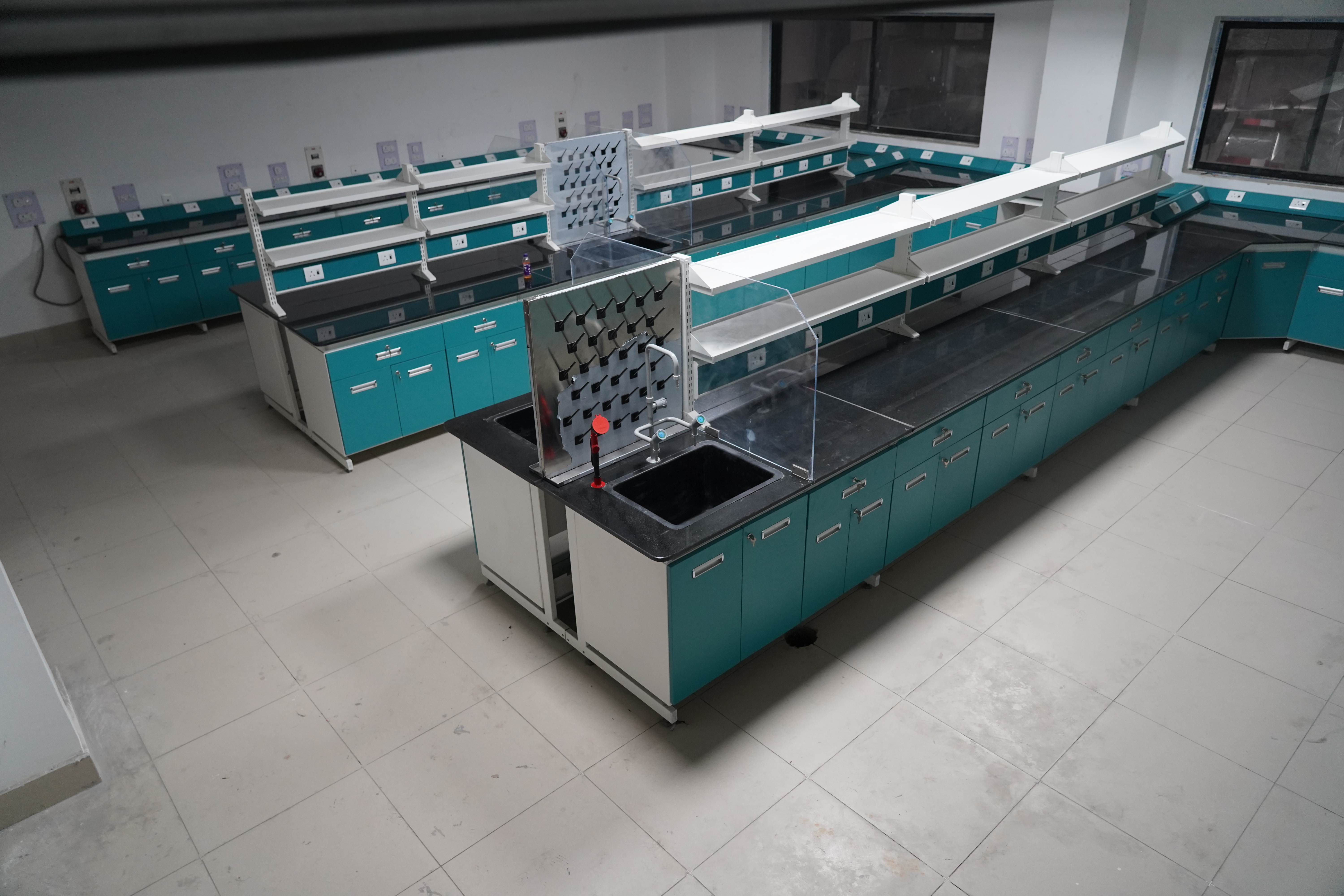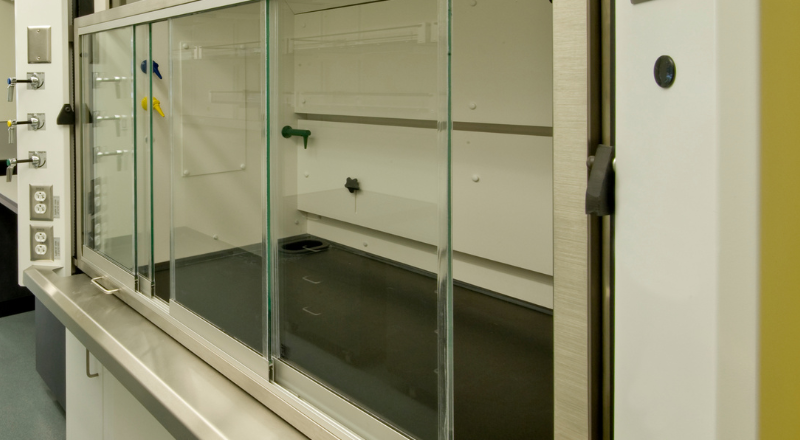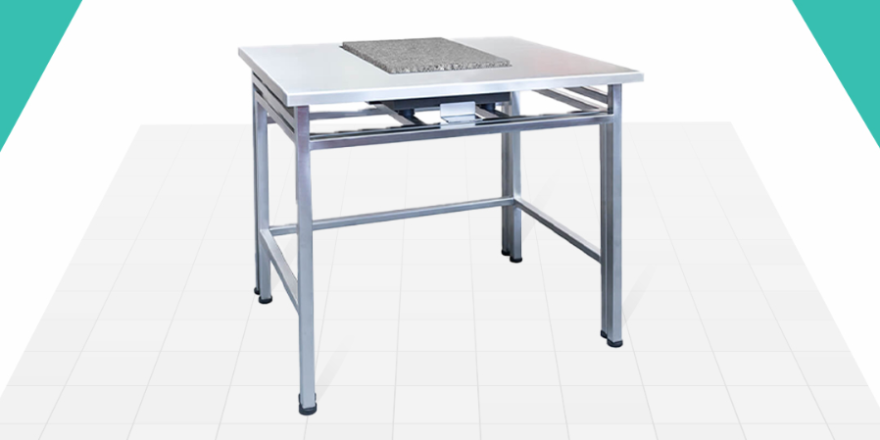Finding the ideal laboratory furniture that meets your team’s requirements can take a while. After all, there are several excellent choices. It can be beneficial to be aware of all your options before deciding, regardless of whether organisation or aesthetics are your primary priorities. Our guide will walk you through what fitted and flexible furniture are, as well as how to pick the best for your requirements.
Understanding Flexible Laboratory Furniture
Adaptable furniture can be a fantastic choice for a wide range of purposes. Due to the versatile laboratory design, it provides and the space it saves, this sort of furniture is frequently chosen by labs to partially or entirely furnish their facilities. For instance, cabinets on wheels are the ideal answer if the area around your primary workbenches appears constrained, but you need more floor-level storage. Moving cabinets beneath fixed benches allow you to access anything as required with the least disruption to the workflow.
For rooms with multi-purpose functionality, go for flexible furniture. It offers the option of adding and removing workbenches as well as workstations as and when needed. The lab benches or trolleys can be handy for this purpose. Now, let us look at the benefits of using flexible laboratory furniture.
-
Modular Design
Modular laboratory furniture comprises standardised components that can be easily rearranged or reconfigured. This adaptability is particularly valuable if your lab’s needs frequently change or if you want to accommodate different experiments or research projects.
-
Cost-Effective Initial Setup
Modular furniture is typically more cost-effective upfront if budget constraints are a concern. It allows you to set up a functional lab without significant capital expenditure.
-
Ease Of Installation
Assembly and installation of modular furniture are relatively straightforward. You won’t need extensive construction or renovation work, and getting your lab up and running is easier.
-
Scalability
Labs anticipating growth or downsising can benefit from the scalability of modular furniture. You can add or remove components as your needs evolve without major disruptions.
-
Flexibility In Layout
With modular furniture, you can experiment with different lab layouts until you find the one that best suits your workflow. This agility is especially useful if you’re still fine-tuning your lab’s operational processes.
Now, let us move towards understanding fitted lab furniture.
Understanding Fitted Laboratory Furniture
The majority of lab furniture can be fixed in a pre-determined location. Fitted laboratory furniture can provide your lab with a permanent, non-moving framework, such as storage cabinets, anti-vibration tables, shelves, and workbenches. You can fit your furniture according to your working style. Now, let us look at the benefits of using fitted laboratory furniture.
-
Customisation
Fitted laboratory furniture is tailor-made to your exact specifications. This level of customisation ensures that every piece of furniture fits precisely into your lab space. Fitted furniture is the way to go if you have specific size, layout, or feature requirements.
-
Complex Utility Integration
Fitted furniture excels in integrating complex utility systems. The design can seamlessly incorporate gas lines, water supply, electrical outlets, and data connections. This integration enhances efficiency and safety, as everything is neatly organised.
-
Specialised Applications
Some labs, such as those in the pharmaceutical or biotechnology industry, require specialised features like fume hoods, biological safety cabinets, or cleanroom environments. Fitted furniture can accommodate these specialised needs with precision.
-
Longevity
While the upfront cost may be higher, fitted furniture often boasts a longer lifespan. It can withstand rigorous use over many years, making it a wise investment for labs with long-term plans.
How To Make The Right Choice?
To make an informed choice between fitted and flexible laboratory furniture, consider the following steps:
- Assess Your Lab’s Needs: Conduct a thorough evaluation of your lab’s current and future requirements. Consider factors like available space, the nature of experiments, safety protocols, and budget constraints.
- Consult Experts: Seek advice from laboratory furniture manufacturers and design experts. They can provide insights based on their experience and help you determine which option aligns best with your objectives.
- Budget Analysis: Carefully review your budget to determine what you can afford. While fitted furniture may have a higher upfront cost, consider its long-term value and durability.
- Future Planning: Think about the expected growth or changes in your lab. Modular furniture may be the better choice if flexibility and adaptability are crucial.
- Safety and Compliance: Ensure that your chosen furniture aligns with safety standards and compliance regulations specific to your industry. This is especially important in fields like healthcare, chemistry, or biology.
- Ergonomics and Comfort: Don’t forget the comfort and well-being of your lab personnel. Ergonomically designed furniture can boost productivity and reduce the risk of repetitive strain injuries.
Bottom Line
The decision between fitted and flexible laboratory furniture depends on your lab’s unique needs, budget, and long-term plans. By carefully considering your requirements and consulting with a lab furniture manufacturer, you can make the right choice that ensures a functional and efficient laboratory environment.



